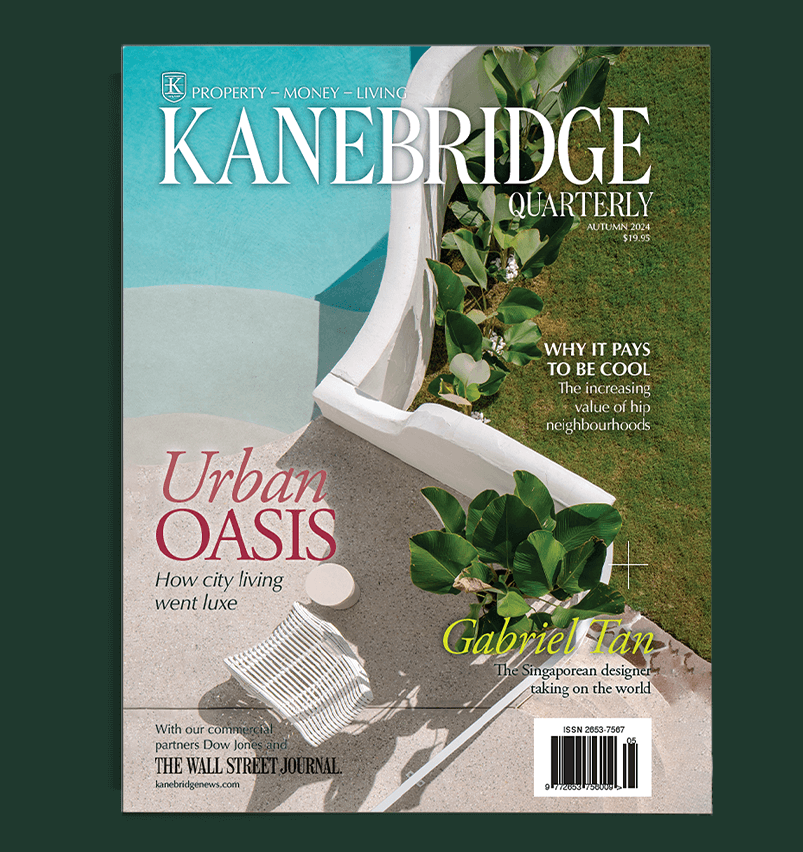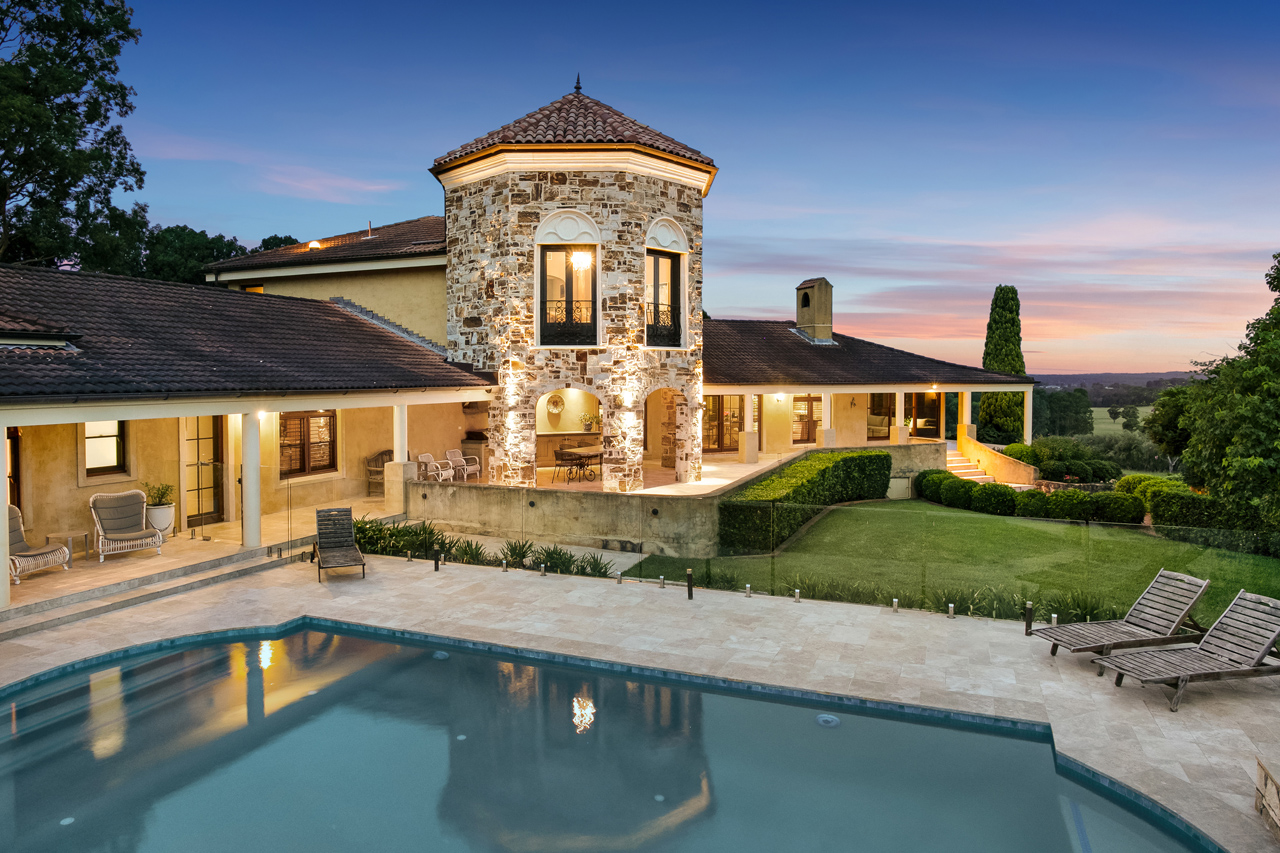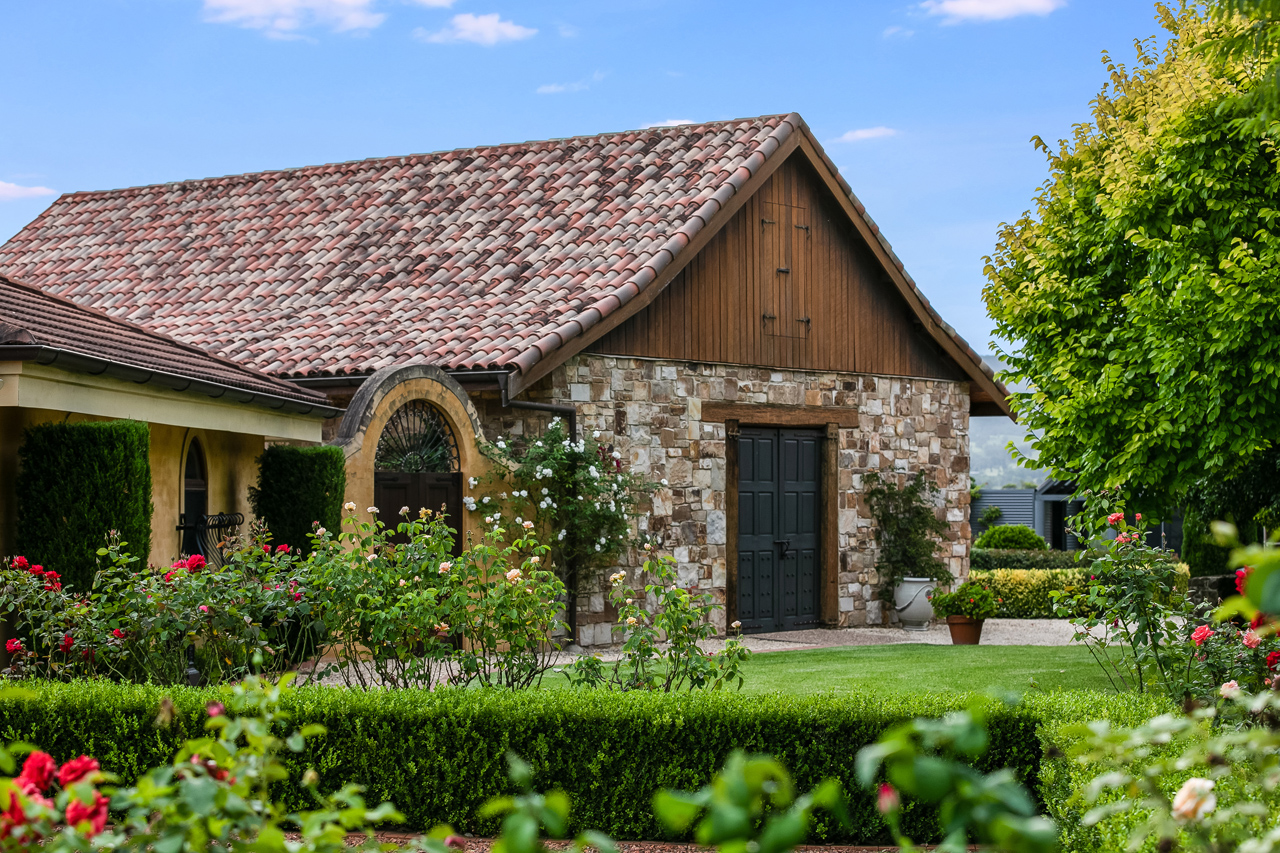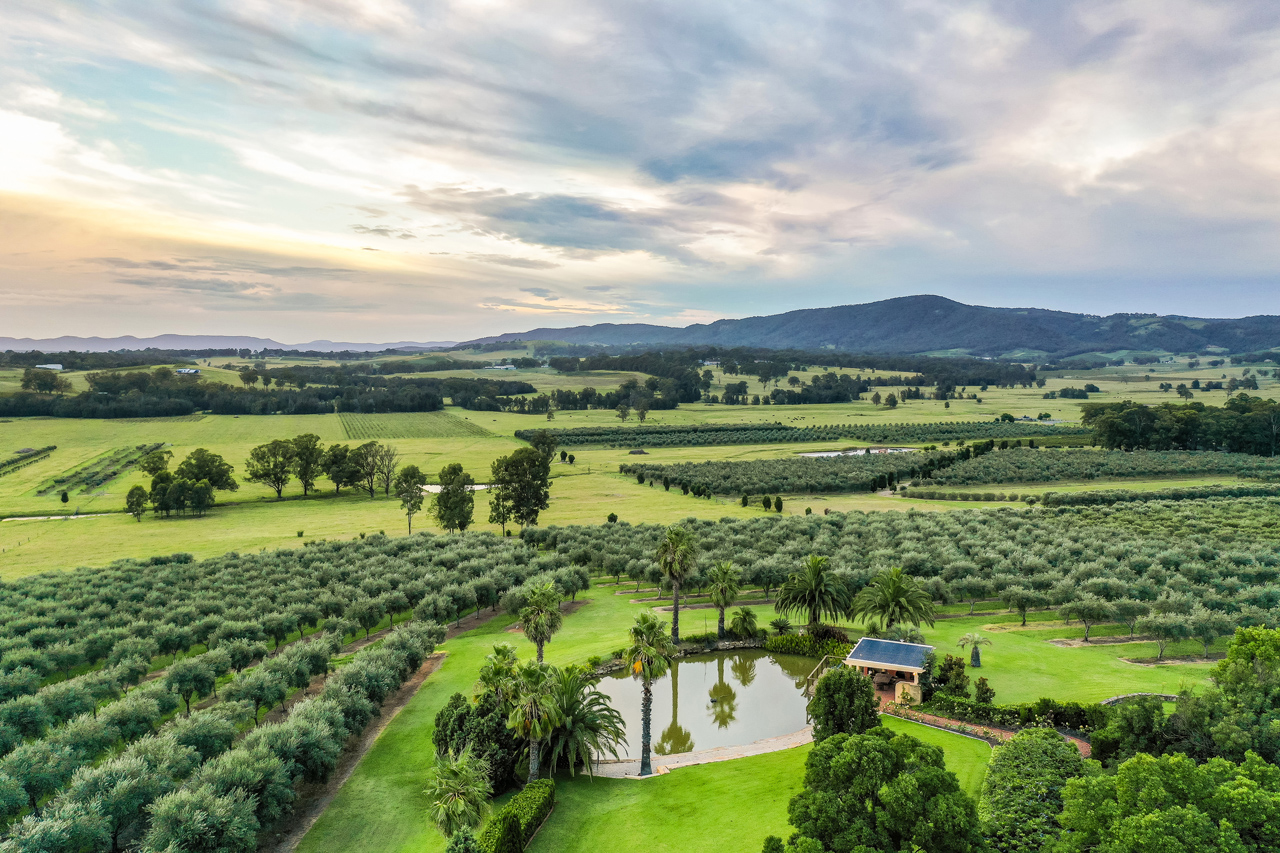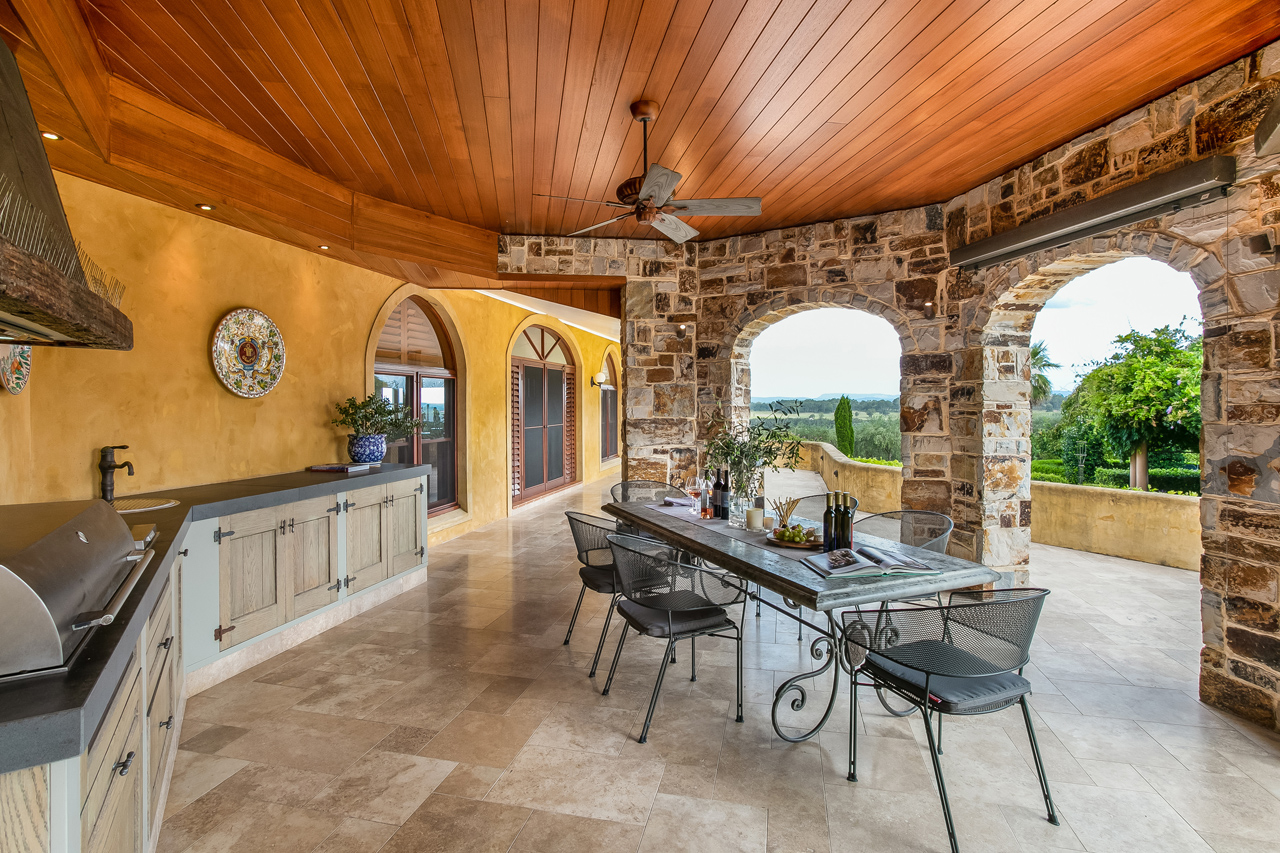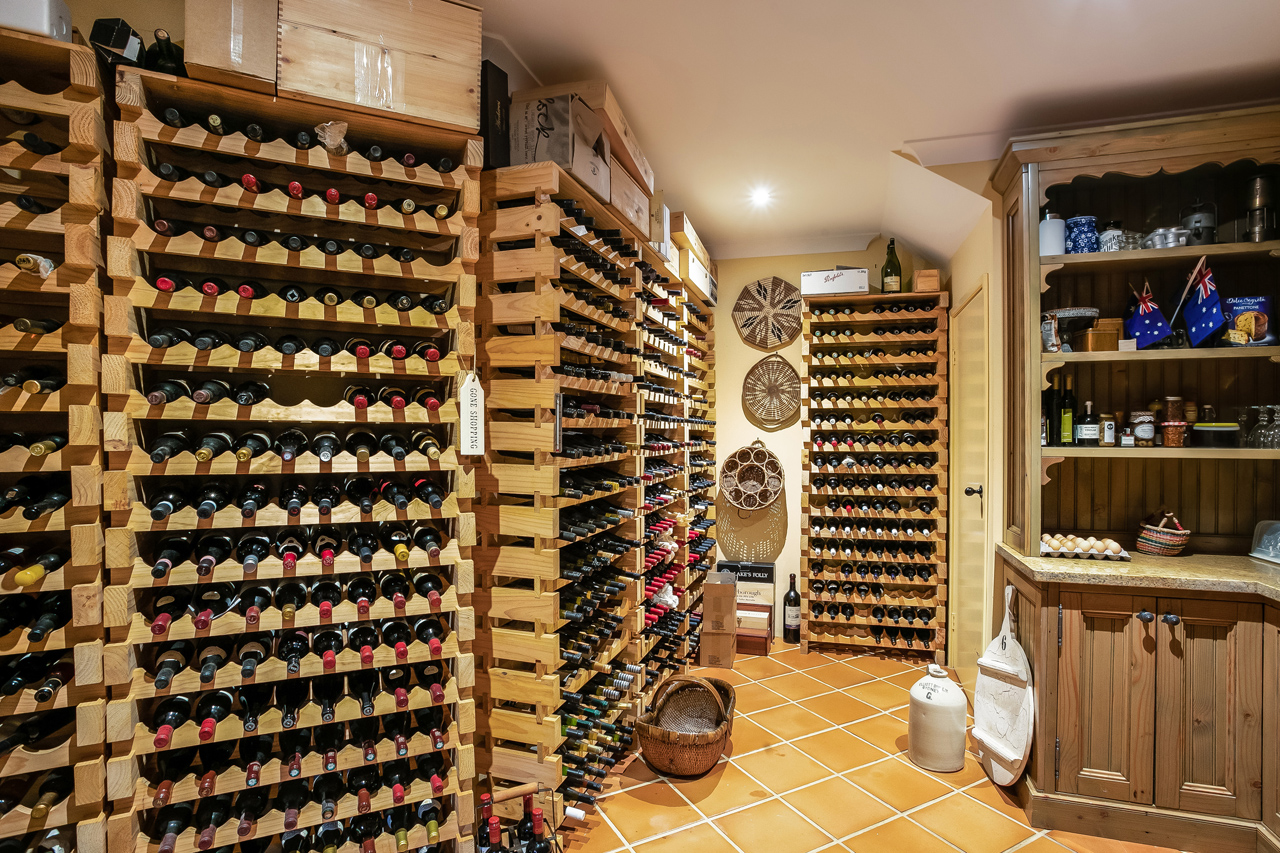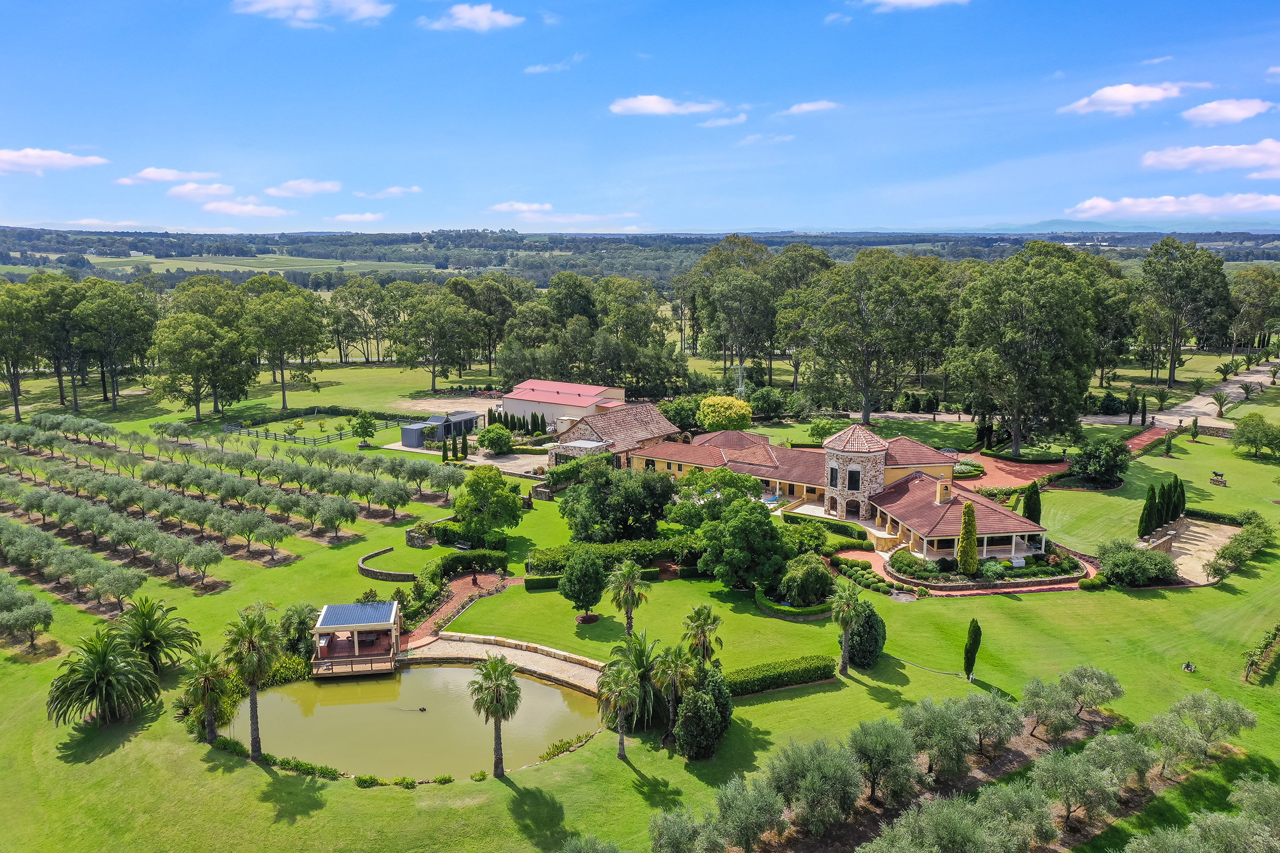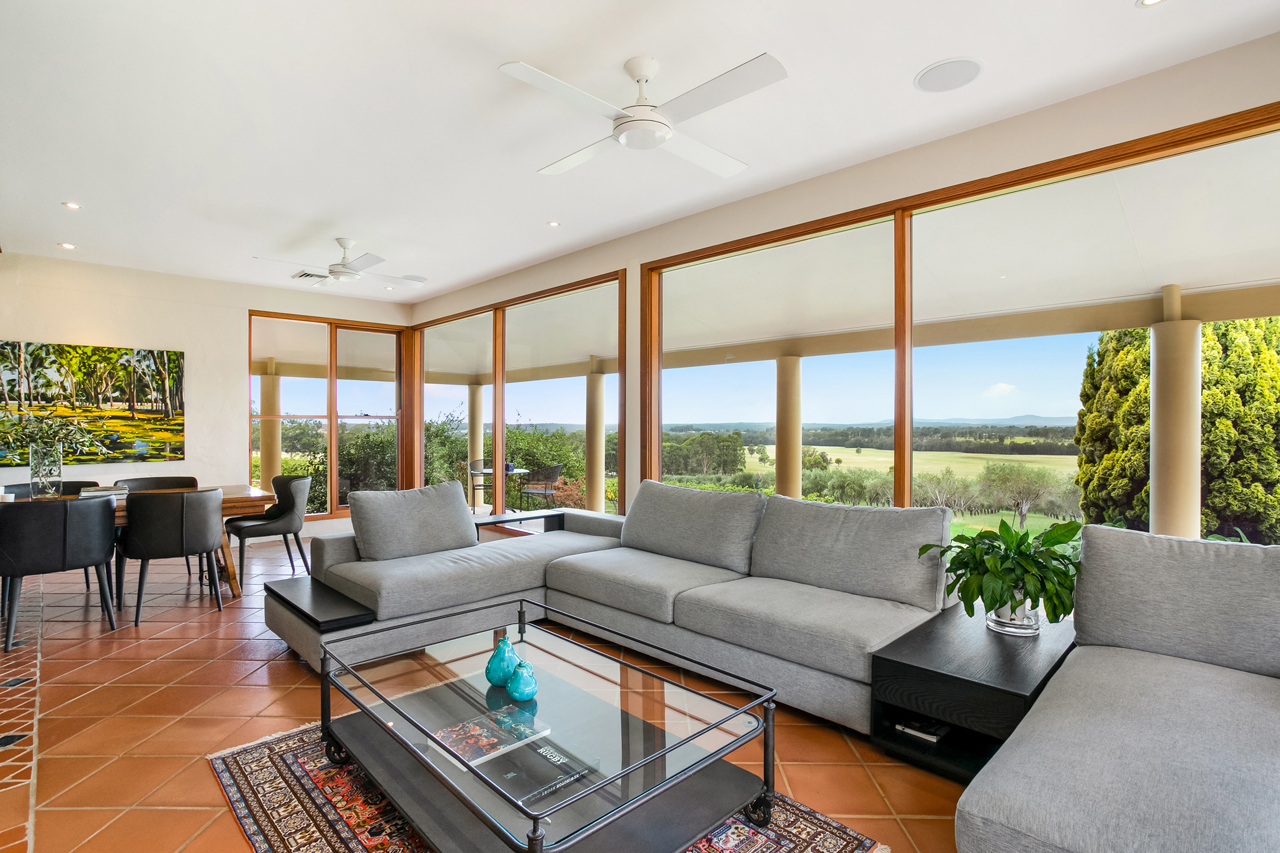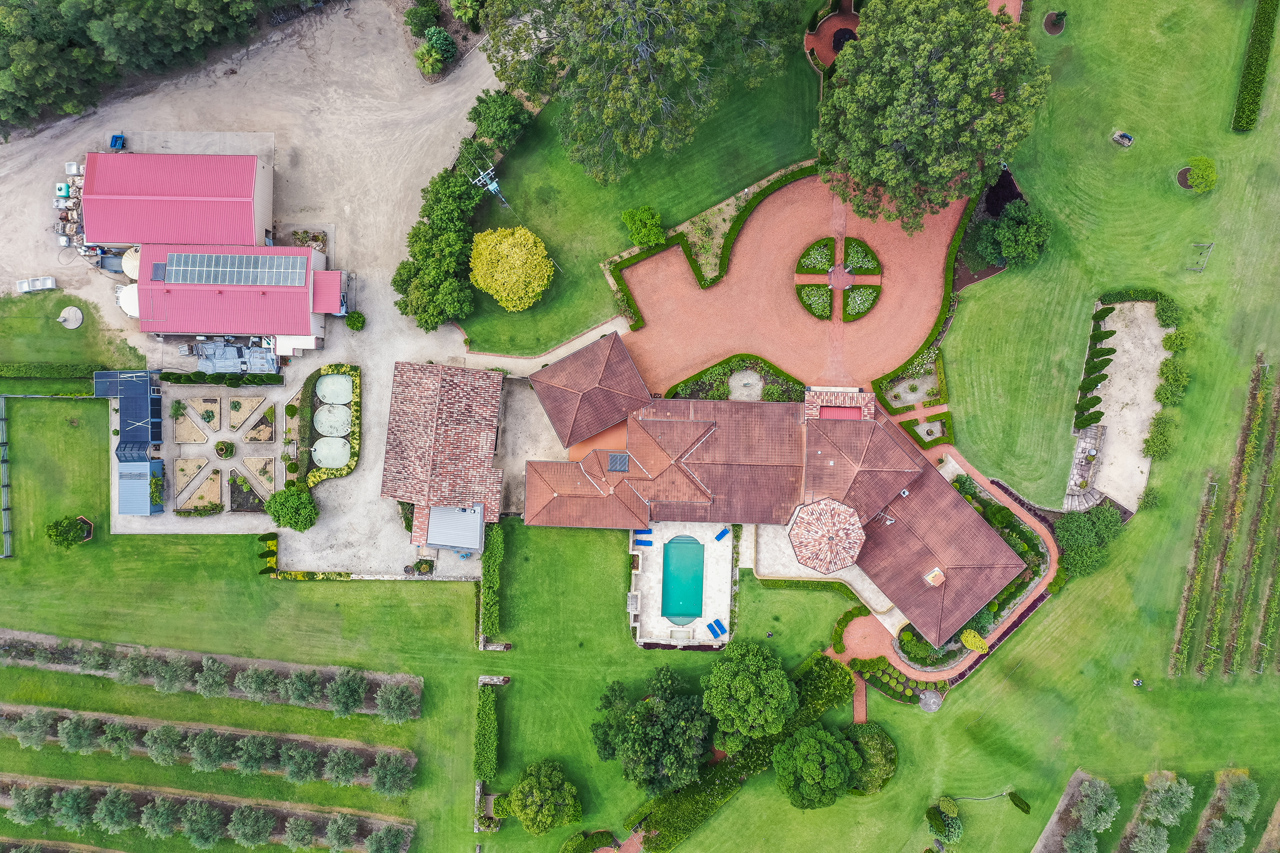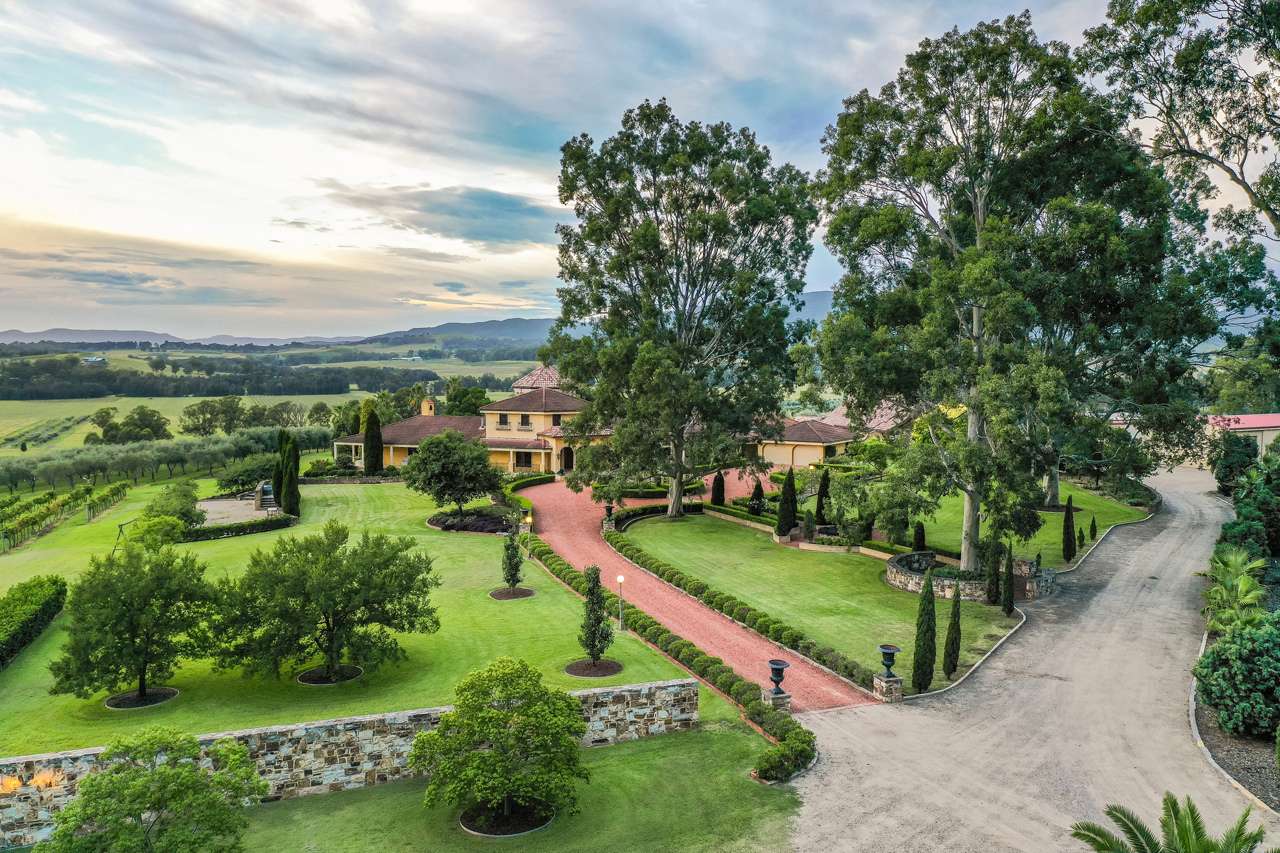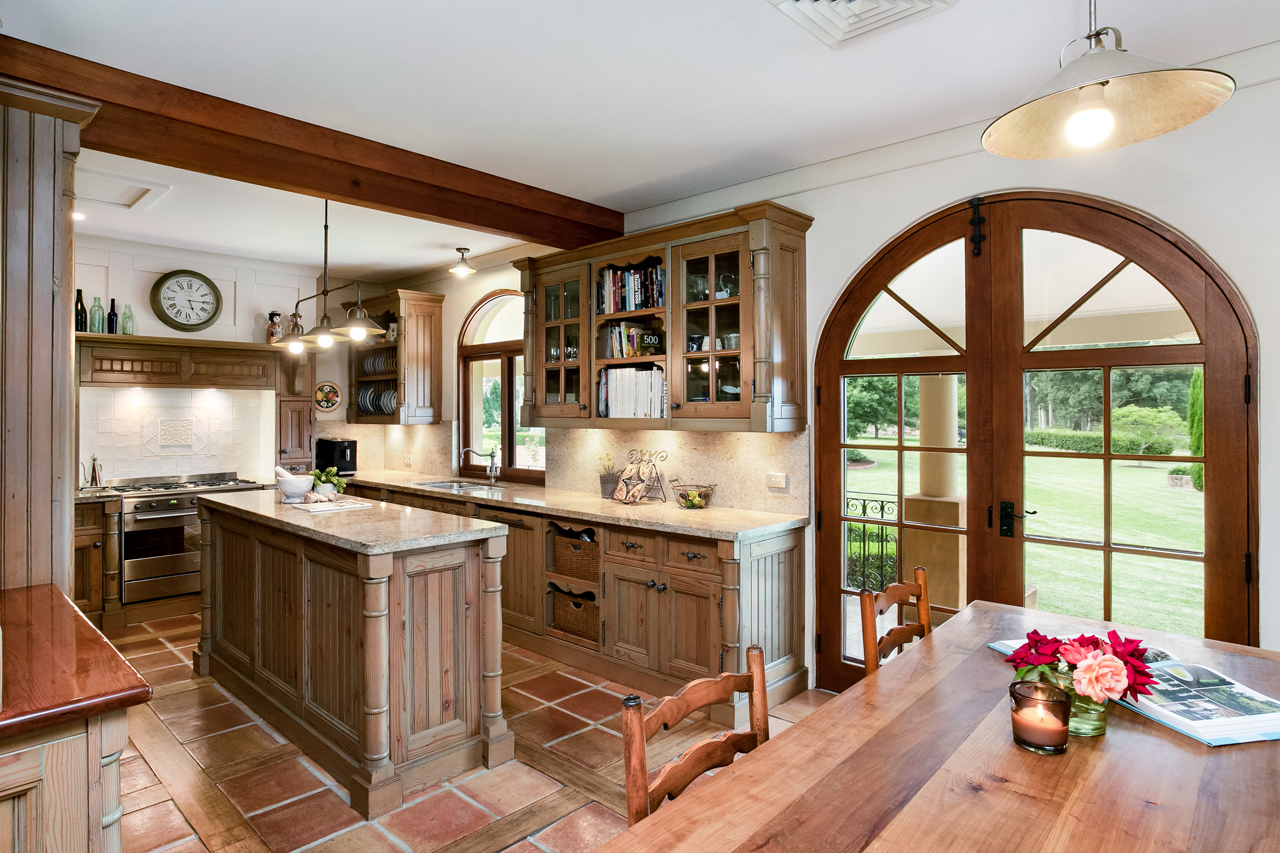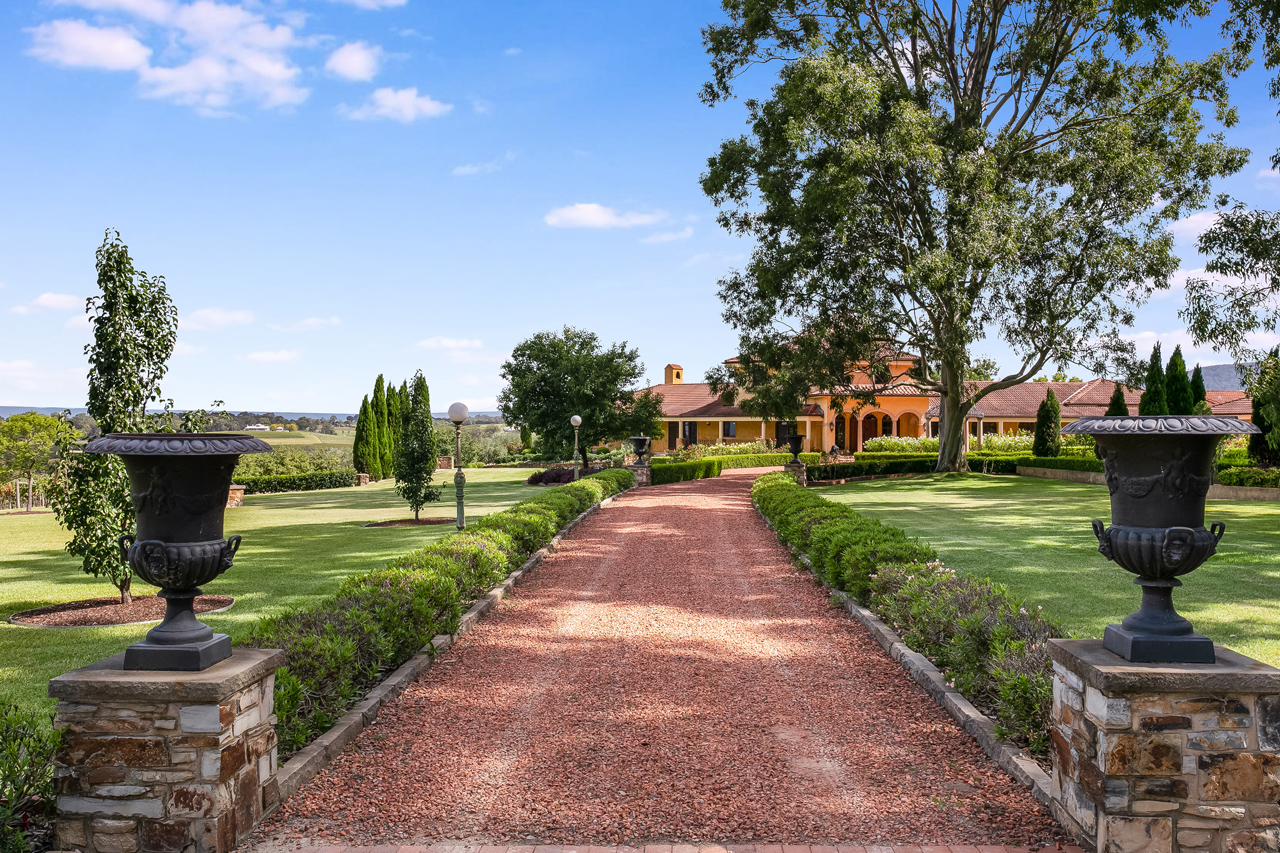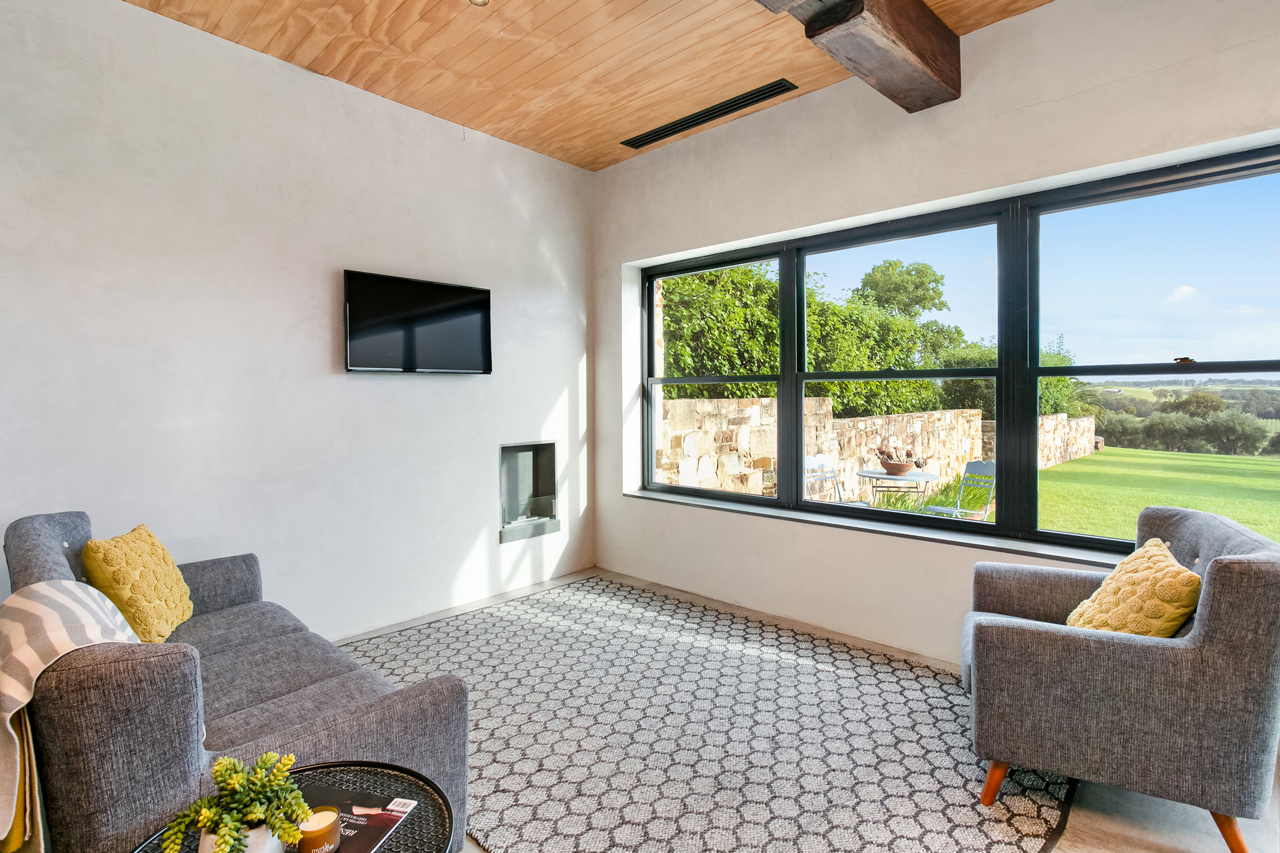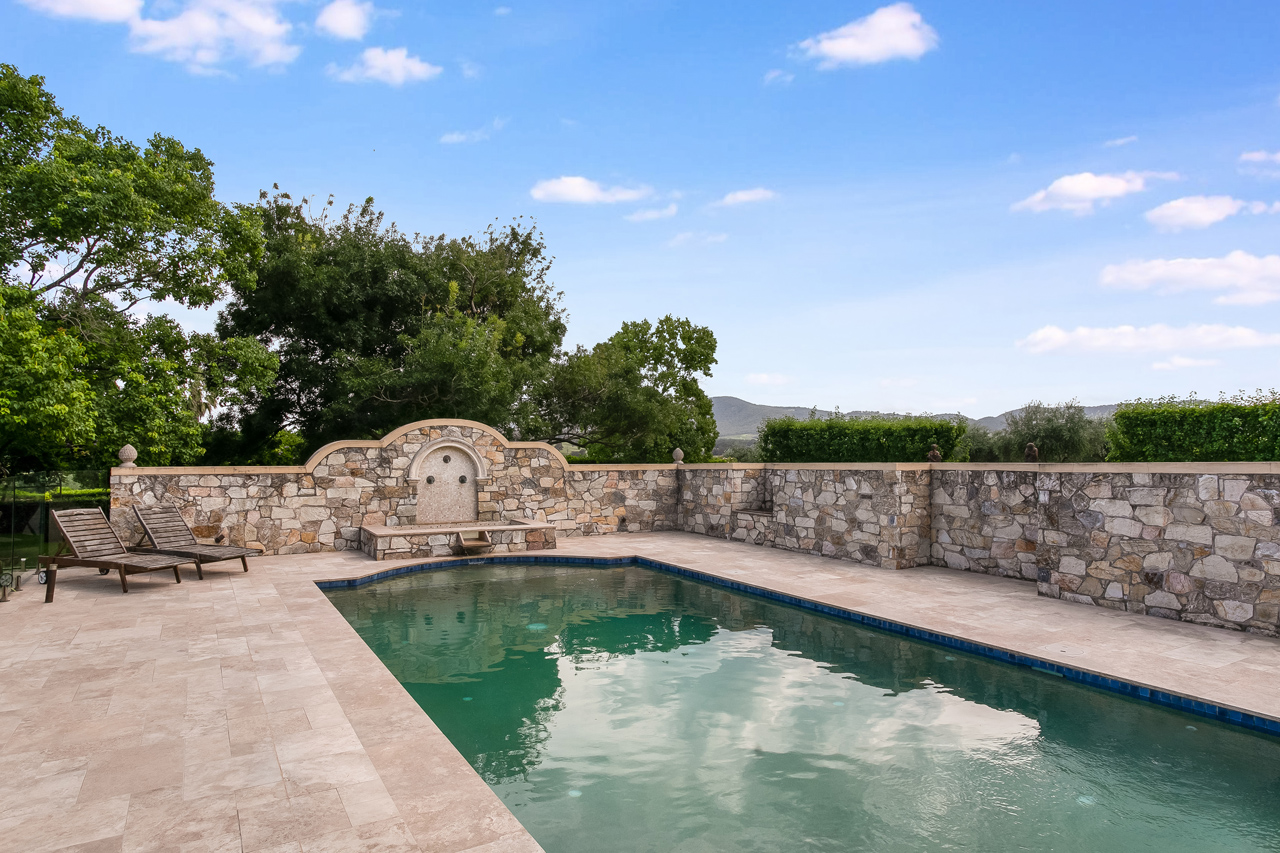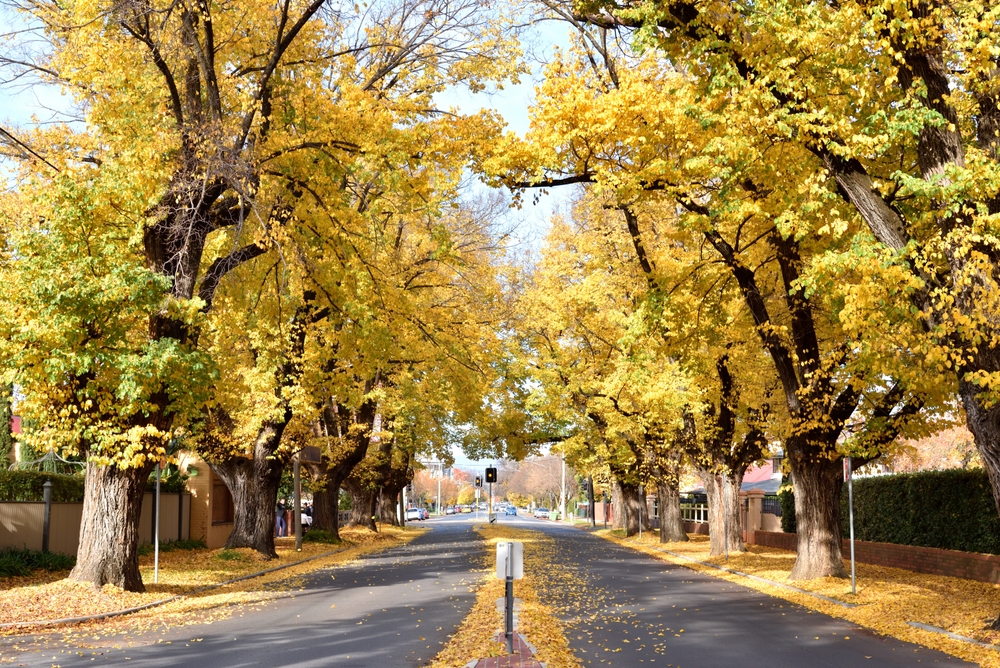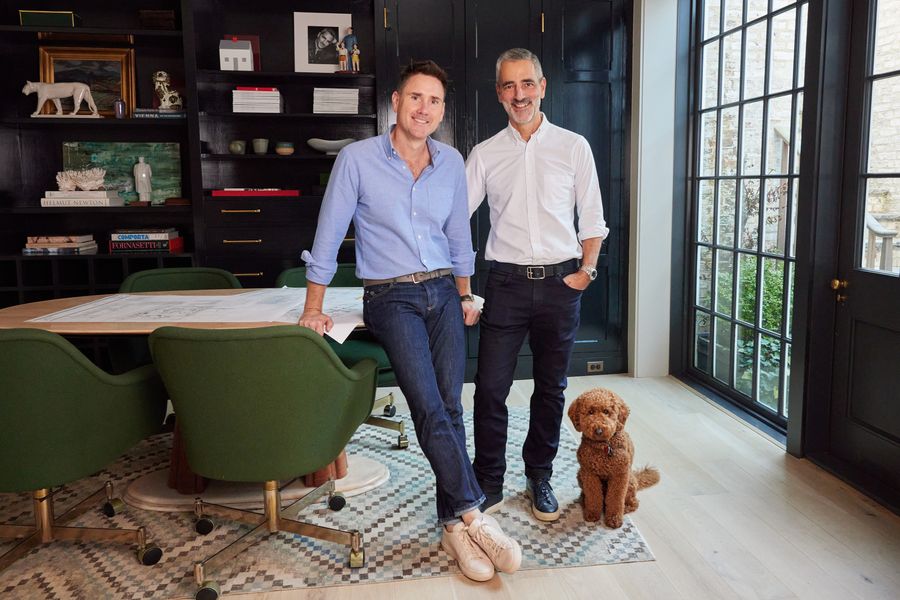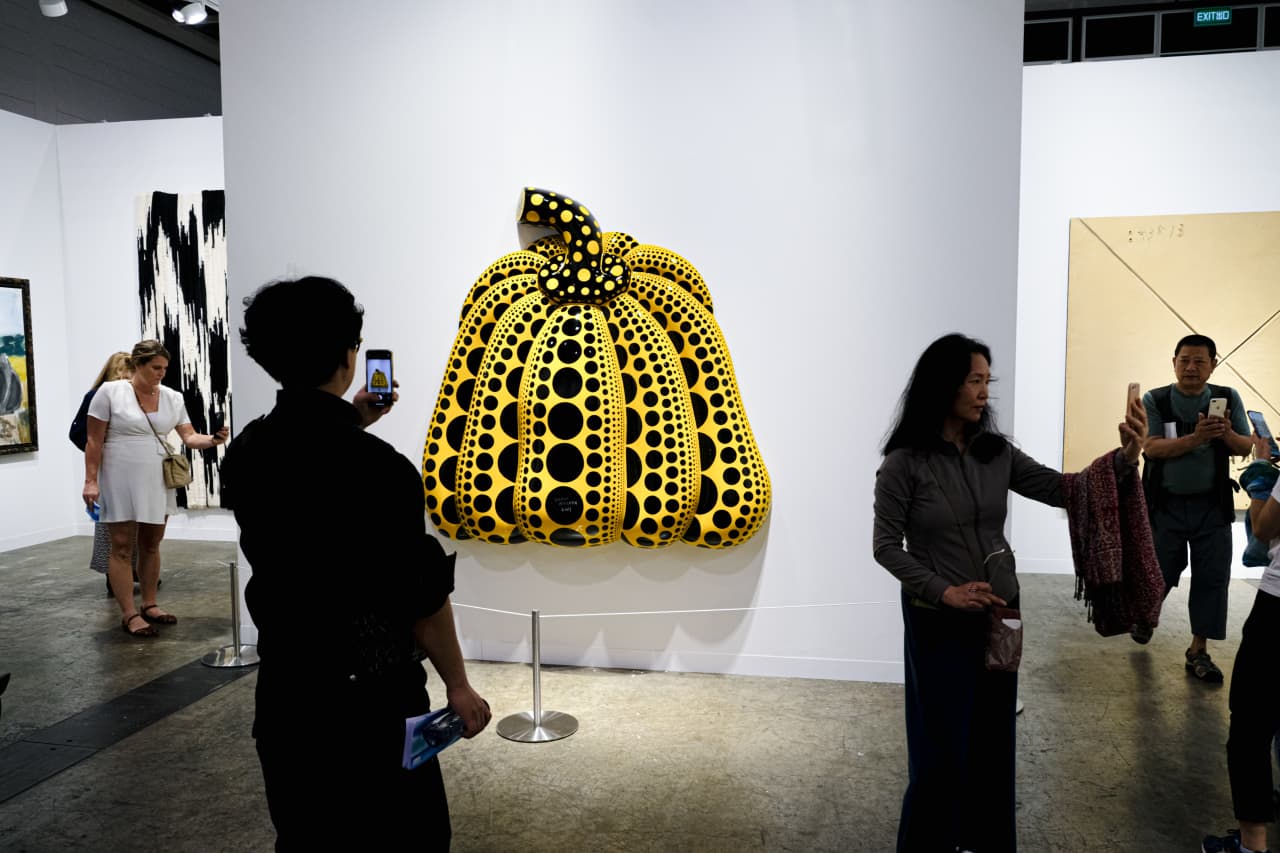Prestige Property: Olio Mio Estate, Pokolbin, NSW
Own this opulent slice of the Hunter Valley.
Olio Milo Estate presents the unique opportunity to acquire an opulent escape nestled into the world-renown Hunter Valley.
Located in Pokolbin, the Hunter Valley’s oldest continuous wine regions, the approximately 63-acre vineyard and olive grove arrives with 8-bedrooms, 6-bathrooms and 4 car parking.
Here, and with Southern European flair, the decadent home is split into 6-bedroom main residence and a separate 2-bedroom guest house.
Once guided up the long palm-lined driveway to the private entrance, the warm invitation of the Tuscan styled residence is immediately felt. The beautifully landscaped grounds feature a swimming pool, mature gardens, an abundance of outdoor entertaining areas – including a pizza oven and alfresco terrace – ideal for entertaining.
Once inside, the southern European charm extends throughout the home with floor to ceiling picture windows capturing panoramic views of Pokolbin valley and large open plan living room – complete with stoneworked wood-burning fireplace – allow you to settle in and relax.
The main residence sees three living areas alongside the kitchen as well as five bedrooms (three with ensuites).
Of the bedrooms, upstairs sees the master retreat, with dressing room, bathroom and sitting room with commanding views of the Pokolbin valley.
The lower level is complete with an office and a cellar – ideal for storing the Stormy Ridge wine the property produces.
The guest house sees interiors of a contemporary style and offers two bedrooms, a kitchen, bathroom and its own private courtyard entrance.
Beyond the spacious accommodation, the property also produces Olio Mio premium olive oil from its grounds and holds a complete olive oil processing plant on site, as well as a six-acre vineyard that produces Stormy Ridge Wines.
Whilst gated and intensely private, the estate is remarkably close to Pokolbin village centre and is roughly 2 hours north of Sydney.
The listing is with Cullen Royle’s Deborah Cullen (+61 401 849 955) and Richard Royle (+61 418 961 575). Price guide, $7.5 million; cullenroyle.com.au
This stylish family home combines a classic palette and finishes with a flexible floorplan
Just 55 minutes from Sydney, make this your creative getaway located in the majestic Hawkesbury region.
Whether you prefer the country or the coast, there are plenty of east coast options for cashed up buyers
There are 10 local council areas scattered along the East Coast of Australia that offer both affordability and solid fundamentals for sustainable future growth, according to the research team at residential property network, PRD. The areas have been selected based on five criterion. They are affordability – defined as a median house price below $600,000, rising house values, strong rental yields to encourage investment, a strong pipeline of residential, commercial and infrastructure projects to facilitate local economic development, and low unemployment.
Here are Australia’s 10 most affordable regional property markets with great future potential.
Mackay, QLD
Mackay is a tropical coastal area located in north Queensland. It’s known for its closeconnection to the Great Barrier Reef. The median house price is $462,750, up 8.9 percent in 2023. Mackay attracts a lot of interstate migrants and is home to more than 120,000 people. It has a healthy economy with an unemployment rate of 3.7 percent and $1.7 billion worth of projects due to commence this year.
Toowoomba, QLD
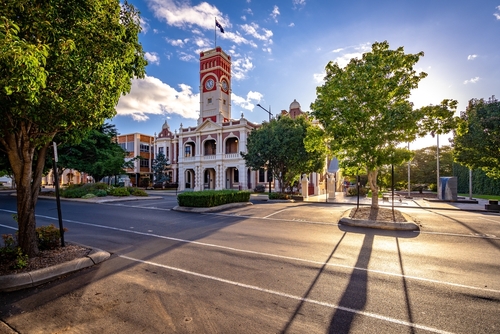
Toowoomba is located west of Brisbane and is known for its Victorian buildings, street artand surrounding national parks. The median house price is $560,000, up 10.9 percent in 2023. The city has a population of more than 180,000. The unemployment rate is 4 percentand there is $6.1 billion in projects commencing in 2024.
Townsville, QLD
Townsville is a coastal city in north-eastern Queensland. The median house price is $420,000, up 5 percent in 2023. It is home to more than 200,000 people. Unemployment is very low at 2.5 percent and there is $3.2 billion of projects commencing this year.
Dubbo, NSW
Dubbo is located west of Newcastle in the Orana Region and is home to the Western Plains Zoo. The median house price is $530,000, up 11.6 percent in 2023. The population has exploded in recent years to more than 56,000 people. The unemployment rate is just 2.2percent and the economy is thriving. There is a pipeline of $4.7 billion in projects commencing this year.
Tamworth, NSW
Located in north-east NSW, Tamworth is known for its popular annual Country Music Festival. It’s also the largest retail centre for the New England and Northwest Slopes regions. The median house price is $490,000, up 14 percent in 2023. With a population of more than 65,000 people, the economy is strong with unemployment of just 2 percent and $112.4million worth of projects commencing this year.
Griffith, NSW
Located west of Sydney and northwest of Canberra, Griffith is known for its prime produce production and wine cultivation. The median house price is $531,000, up 2.1 percent in 2023. Griffith’s population is about 27,000 people. The city boasts high economic resilience with a 2 percent unemployment rate and $258.7 million in projects in the pipeline.
Ballarat, VIC
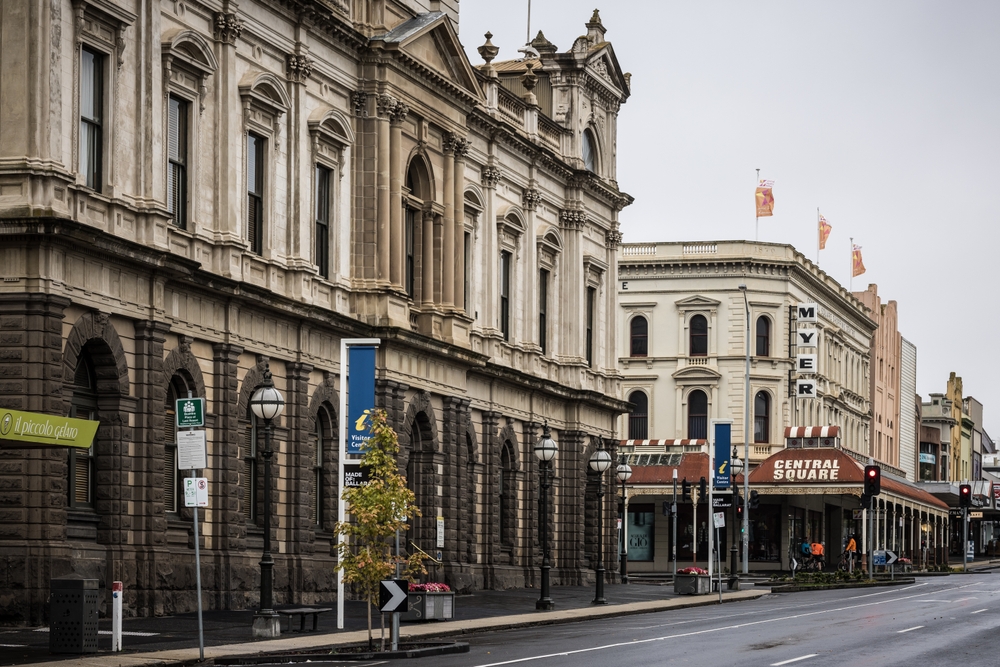
Ballarat is a 1.5–hour drive west of Melbourne. It’s popular with city commuters who move here for housing affordability and a relaxed lifestyle with easy access to the city via train. The median house price is $570,000, down 4.2 percent in 2023 but up 92.9 percent over the past decade. The city has the third highest population in Victoria at about 118,000. Ballarat has an unemployment rate of 3 percent and a total projects pipeline worth $2.3 billion for 2024.
Shepparton, VIC
Shepparton is a rural area about two hours north of Melbourne. It is popularly referred to as ‘the food bowl of Australia’. The median house price is $475,000, up 4.4 percent in 2023. The population is about 70,000. The unemployment rate is just 2 percent and there is $1.8 billion in projects for 2024.
Wodonga, VIC
Wodonga is located on the border of NSW on the southern side of the Murray River. It is approximately 320km from Melbourne and 345km from Canberra. The median house price is $567,250, up 4.7 percent in 2023. With a population of about 44,000, the city’s jobless rate is 3 percent and there is $388.2 million in development set to commence in 2024, primarily new infrastructure.
Burnie, TAS
Burnie is a bustling port city located in Emu Bay in Tasmania’s north-west. Overlooking beaches and parklands, the area is known for its rich agriculture and mining projects. The median house price is $435,000, up 3.6 percent. Despite a rising population, the unemployment rate is falling and is currently 5.6 percent. In 2024, Burnie’s project pipeline is valued at approximately $1.6 billion. A significant portion is commercial development, primarily renewable energy projects.
Just 55 minutes from Sydney, make this your creative getaway located in the majestic Hawkesbury region.
Consumers are going to gravitate toward applications powered by the buzzy new technology, analyst Michael Wolf predicts



